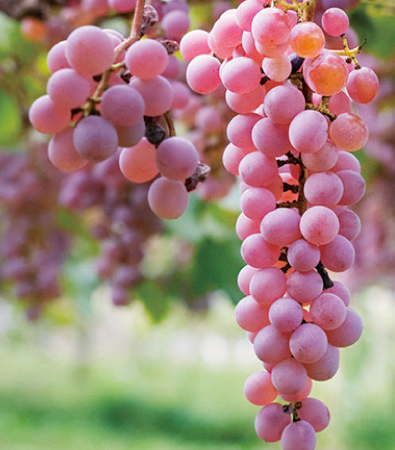Koshu of Japan
![]()
|
This
was my first experience of Koshu,
a Japanese grape, now considered indigenous to Japan, although it is
presumed originally to have come to Japan from the Caucasus along the
Silk Route a thousand years ago. It is a white grape,
apparently a
cross between western vitis vinifera and Asian species of vine. It is
grown primarily in the Yamanashi Prefecture, where the first winery was
established in 1874. In the 1870s, two young winemakers were
sent by the newly established Dainippon Company to France to learn winemaking skills. On their return,
Japanese wine
production began, using international grape varieties and Koshu to make
a range of different wine styles. Koshu vines form long bunches of thick skinned pinkish grapes. The wines they produce are said to be delicate, with citrus and peach fruit, low alcohol, good minerality and good acidity. I think I spotted most of those characteristics, but not all in the same wine. Koshu is made into sparkling, dry and sweet wines. At this tasting, I tasted a couple of sparkling koshu wines, and some dry still wines. Overall, I thought the wines were all very pleasant, and very drinkable, but there was nothing particularly interesting about them, or simply enough about them that would make me buy them over riesling, albarino, godello, sauvignon etc, all of which can do the same sort of thing, but - and I must emphasise, I only say this on the basis of this tasting - are more interesting and rewarding than koshu. It would be interesting to try more koshu wines and maybe see how they age. It might also be interesting to see what happens if koshu is blended with western white varieties. |
 |










Back to Andrew Stevenson's web page
Last updated: 3 October 2016